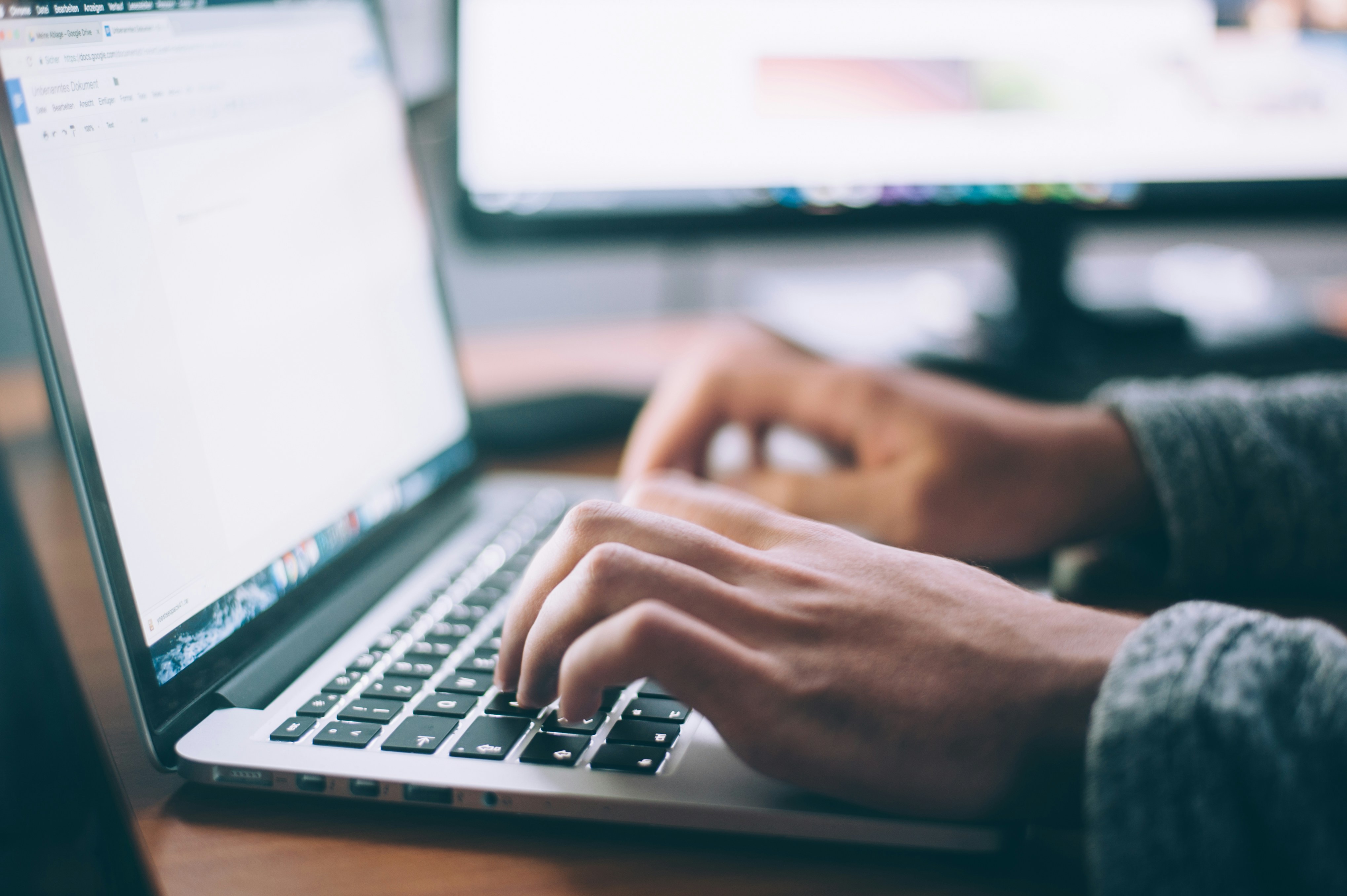
Human-Machine-Human: Navigating AI’s Role In Public Relations
Fears of machines threatening our daily work lives are nothing new. For generations, we’ve imagined robots poised to take over our jobs or sinister, HAL-like computers rebelling against humanity. These science fiction scenarios still linger in our collective consciousness, fuelled by the rapid advancements in artificial intelligence (AI).
When Alan Turing first envisioned intelligent machines capable of mimicking human behaviour and reasoning, he never imagined these machines would possess consciousness or understand the "why" behind their tasks. Yet today, the conversation has shifted dramatically. Many experts and regulators are grappling with the unsettling possibility that humanity could lose control of AI.
This concern is no longer confined to speculative fiction. Governments and organisations worldwide are racing to establish guardrails for AI. The European Union, for instance, has introduced a voluntary code that both regulates and restricts AI usage. While imperfect, it has forced corporations to confront the ethical and transparent use of AI head-on.
For businesses large and small, the need for clear, enforceable guidance has never been more urgent. Leaders are scrambling to understand, deploy, and safeguard AI while grappling with a fundamental question: How can humans work effectively with machines?
At Pembroke and Rye, we’ve been wrestling with this very issue. Over the summer, we conducted an Agile Programme to assess how AI will impact our business. The process raised more questions than answers, but it also provided clarity on key points.
We’ve had to carefully define what AI can (and cannot) do for us. This led to the creation of a policy outlining acceptable AI usage, alongside the adoption of an enterprise AI model to ensure robust security. By establishing practical and ethical guardrails, we’ve fostered a culture of exploration and experimentation.
The result? A sense of optimism. Many of our colleagues see AI as a vast garden of possibilities, ripe for innovation. To support this mindset, we’ve provided practical tips, guides, and constant reminders about safeguarding client confidentiality - especially when using open AI models.
Still, concerns persist. In the PR industry, fears about AI replacing jobs or radically reshaping roles are widespread, particularly among junior staff. To address these anxieties, we’ve revised executive job descriptions, removing some traditional responsibilities while introducing new, AI-related roles. A broader review of job roles is planned for the autumn.
Throughout this process, one question has repeatedly surfaced: What should the relationship between employees and AI look like? Our conclusion is both simple and profound: to maintain control—practically, psychologically, and symbolically—we must clearly define our expectations of AI and provide precise instructions to the models we use. Human oversight is non-negotiable.
Nothing generated by AI can go unchecked. Facts must be verified, hallucinations eliminated, and the final polish must always come from a human. Generative AI cannot—and must not—approve its own work.
At Pembroke and Rye, we’ve distilled our approach into three words: human-machine-human.
Here’s what that means in practice:
- Human-led creativity: Employees take the lead, shaping needs, drafting first versions, and setting the creative direction.
- Machine-assisted execution: Under the right circumstances—and with security and confidentiality assured—AI models are brought into play. Their use is transparent, logged, and always subject to human scrutiny.
- Human-finalized output: Nothing leaves our office without meticulous human review.
This framework ensures that AI serves as a tool, not a replacement. It empowers our team to harness AI’s potential while maintaining the integrity and quality our clients expect.
As businesses across all sectors face rapid, far-reaching change, the human-machine-human framework offers a roadmap for navigating the evolving relationship between people and technology. It’s not just about adapting to generative AI—it’s about shaping a future where humans and machines collaborate effectively, ethically, and creatively. The journey is just beginning, but one thing is clear: the final word, at least for the time being, will belong to the human.





.jpg)
